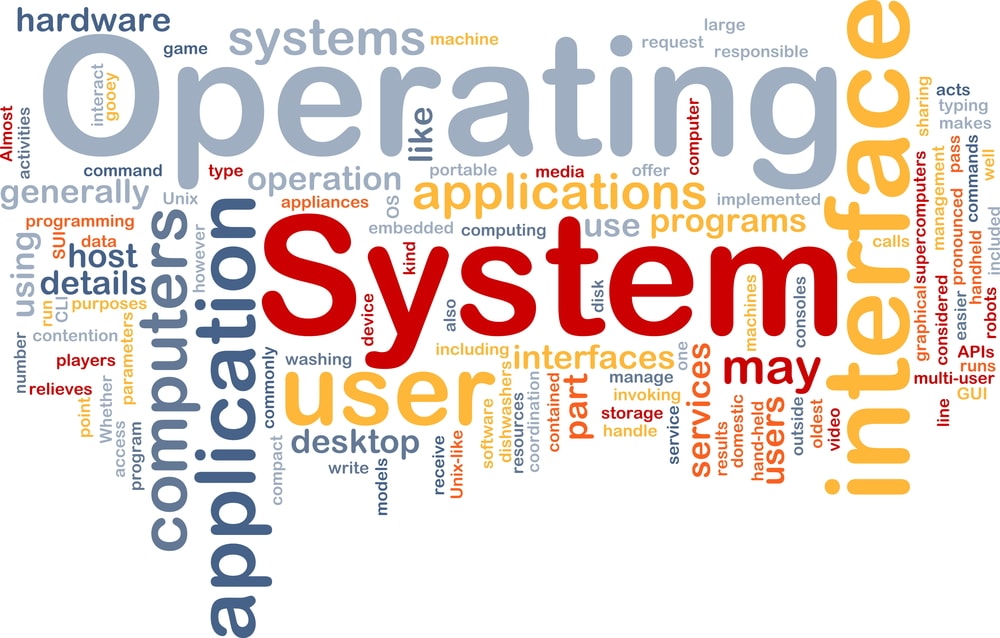Whether you’re on a developer beta build of iOS 11 or the new developer preview 3 for Android O, you’ll notice that most of the major changes aren’t inherently OS-focused. Many of the new features, in fact, are about notifications, app icons and other UI and UX changes that relate more to the way we interact with apps rather than the basic look and feel of the operating system itself.
And that’s not a surprising thing. In fact, considering that both iOS and Android are now near the 10-year mark, with iOS about to cross that milestone on June 29, 2017, this subtle shift in focus is to be expected. As operating systems go, both are constantly being upgraded for better performance, features and capability, but the features part is about to slowly taper off in favor of performance and capability, especially where apps and user experience are concerned.
To be clear, all these features are, in fact, OS-based. There’s no denying that. But the point of focus is gradually shifting away from what the OS itself can do, to how better the OS can support new application technologies, how much more secure it can be made and what kind of improved experience it can deliver to the user.
Let’s take a few examples to see how this is panning out.
On iOS 11, Apple is bringing better support for augmented reality applications. The change is clearly intended to attract developer interest for AR-based applications for iOS. It’s not an improvement to iOS, per se, but rather a platform enhancement so new technologies like AR can run on top of it.
Apple is also bringing a new Files app on iOS 11, a file management system that’s closer to a desktop experience. And speaking of the desktop experience, you’ll notice that a lot of newly announced iOS features are geared towards making iOS 11 on the iPad work more like a PC-type device: drag and drop, the new Dock, multitasking (split view and slide over view), improved Apple Pencil support and so on.
The majority of these changes aren’t inherently OS-centric, as you can see. The goal appears to be to make iOS a more capable operating system, no doubt, but more from a point of view of user experience and app functionality than anything else.
Android O tells a similar story. The camera UI is getting a minor touch-up, icons are being rearranged in the status bar, notifications are getting more customized, icon shapes can be changed, the Clock app is getting a fresh upgrade and so on.
Again, you’ll notice the same app and UX-focused approach rather than the intent to highlight features specific to the operating system itself.
As I said, it’s not surprising that these operating systems that are near their one decade mark are becoming more mature, with little scope to improve key OS elements.
And what’s happening with iOS 11 and Android O is exactly what we’re seeing with Windows 10 as well. As Microsoft pushes out build after build of Windows 10 Fall Creators Update, that same theme runs through those announcements – better UX, better UI, greater performance, support for new technologies, minor and major tweaks to apps and so on.
This a trend that we’re going to see more of in future versions of iOS, Android and Windows, Chrome OS and other top operating systems, both mobile and desktop. But it’s not a bad thing. OS-centric improvements can only go so far, like bringing in Theatre Mode in iOS 11, for example. Those are the low-level changes you should expect to see on future iterations of iOS, Android and so on.
The next level has to be focused on apps, and the way we interact with them. The OS will have to improve, certainly, but the spotlight will no longer be on the inherent features of the operating system itself.
Thanks for visiting! Would you do us a favor? If you think it’s worth a few seconds, please like our Facebook page and follow us on Twitter. It would mean a lot to us. Thank you.



